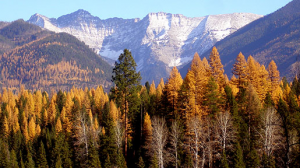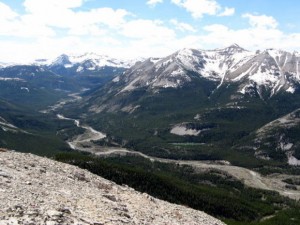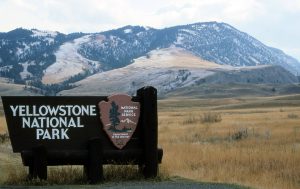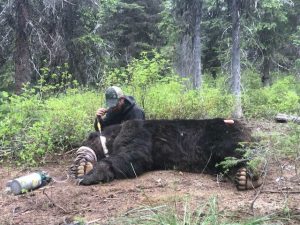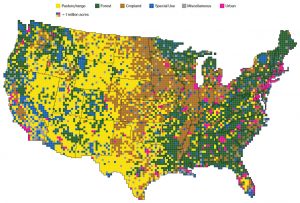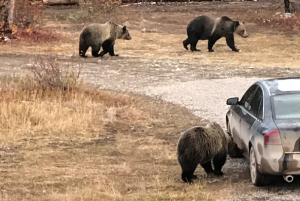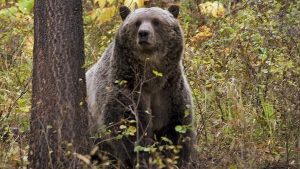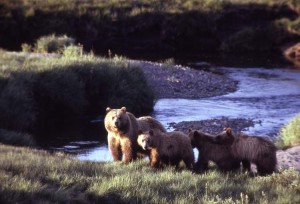
Grizzly bears in this corner of Montana will stay on the Endangered Species List a bit longer while federal officials evaluate the impact of an adverse judicial opinion on delisting the Yellowstone grizzly population . . .
The U.S. Fish and Wildlife Service said Tuesday it no longer plans to propose removing the population of grizzly bears in and around Glacier National Park from the endangered species list this year.
“We were on track to try and have a proposal, or at least have an evaluation of recovery and a potential proposal, out by the end of the calendar year,” says Hilary Cooley, the grizzly bear recovery coordinator for the Fish and Wildlife Service, at an annual meeting Tuesday on grizzlies in what’s known as the Northern Continental Divide Ecosystem, or NCDE.
She says a federal judge’s September opinion on last year’s delisting of a different population of bears in and around Yellowstone put a wrench in those plans.
